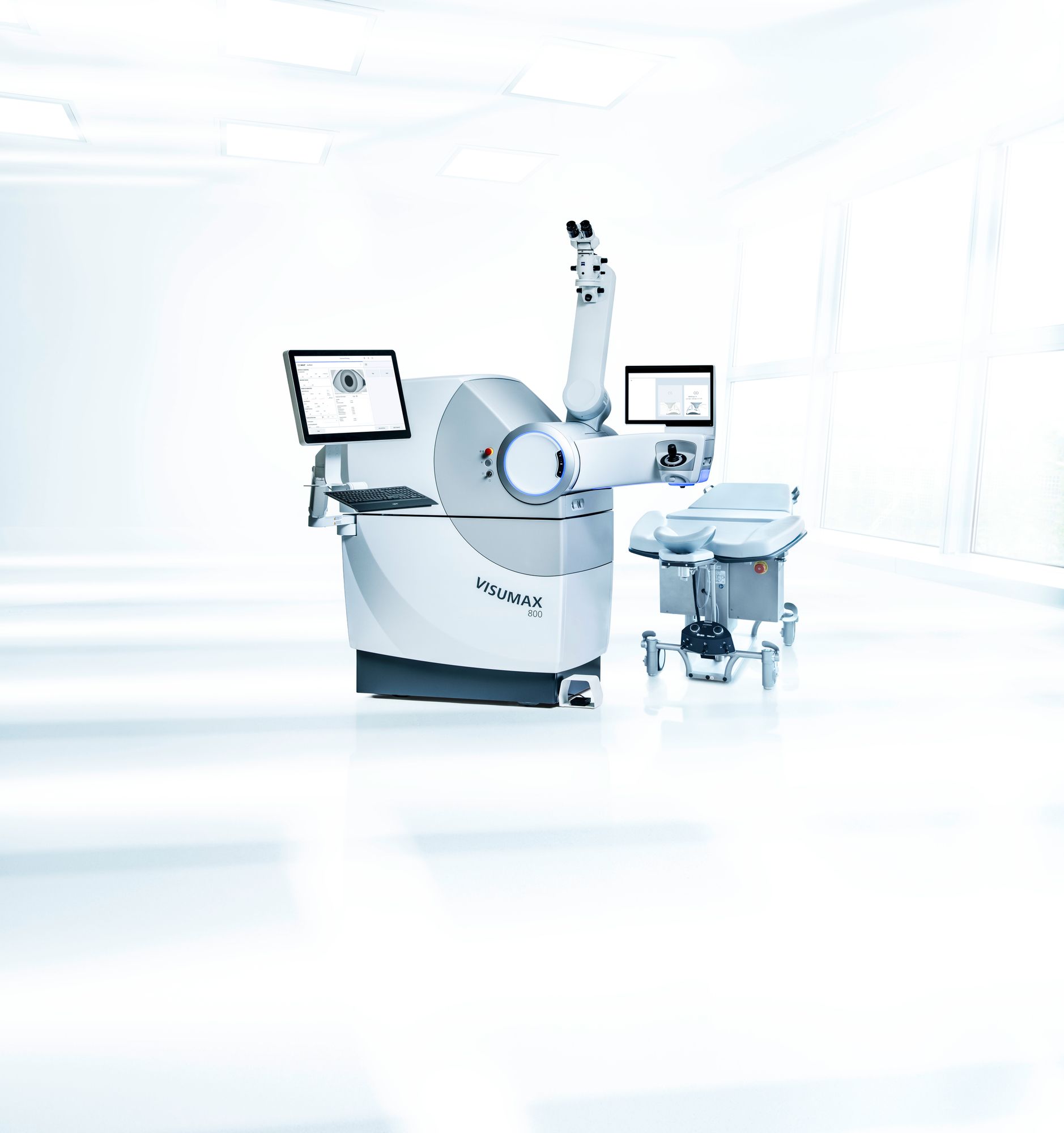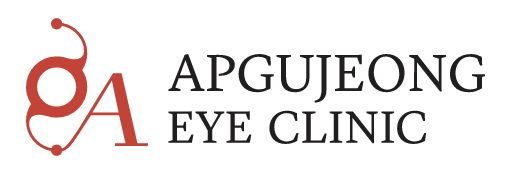ICL vs SMILE Surgery in Korea | Choosing the Best Vision Correction
ICL vs PRK Surgery in Korea
If you’re planning to improve your eyesight in Seoul or Gangnam, two popular options are ICL (Implantable Collamer Lens) and PRK (Photorefractive Keratectomy). Both aim to reduce dependence on glasses and contact lenses, but they differ in method, recovery, and long-term results.
What Is ICL Surgery
ICL is a lens implantation procedure that involves inserting a soft, biocompatible lens inside the eye, behind the iris and in front of the natural lens. Unlike LASIK or PRK, ICL does not reshape the cornea, making it a great option for people with thin corneas or high myopia.
ICL is known for:
- Quick visual recovery (often within a day or two)
- Minimal discomfort
- Being reversible — the lens can be removed or replaced
- Lower risk of dry eyes since corneal nerves are preserved
This procedure is ideal for patients with moderate to high myopia (-3.0D to -20.0D) or those who cannot undergo laser-based surgeries.
What Is PRK Surgery
PRK (Photorefractive Keratectomy) is a surface laser eye surgery that reshapes the cornea to correct refractive errors. During PRK, the outer layer of the cornea (epithelium) is gently removed, and an excimer laser sculpts the corneal surface underneath.
PRK is known for:
- No corneal flap — safer for contact sports and active lifestyles
- Suitable for thin corneas
- Lower cost compared to ICL
- Longer recovery (2–4 weeks) since the epithelium must regrow
- Temporary discomfort, dryness, and light sensitivity during healing
Although recovery is slower than ICL, PRK offers excellent long-term stability and is a proven solution for mild to moderate myopia.
ICL vs PRK: Key Differences
Surgical Method:
ICL places a corrective lens inside the eye, while PRK reshapes the cornea using a laser.
Ideal Candidates:
ICL is suitable for patients with high myopia or thin corneas. PRK works well for those who prefer a non-invasive laser option and have moderate myopia.
Pain and Recovery:
ICL causes little to no pain and has a faster recovery. PRK requires more downtime and can cause mild pain or irritation in the first few days.
Reversibility:
ICL can be reversed or adjusted. PRK is permanent, as it alters corneal tissue.
Dry Eye Risk:
ICL has a lower risk of dry eyes since it preserves corneal nerves. PRK may cause temporary dryness during healing.
Cost in Korea:
ICL typically costs
₩3.5–₩5 million per eye, while PRK ranges from
₩1.5–₩2.5 million per eye, depending on the clinic and laser technology.
Recovery and Aftercare
After ICL Surgery
Most patients notice clearer vision within 24–48 hours. Follow your doctor’s instructions regarding prescribed eye drops and avoid rubbing your eyes. Protect your eyes from dust, makeup, and UV light for several weeks.
After PRK Surgery
PRK recovery takes longer as the epithelial layer regenerates. You may wear a bandage contact lens for several days. During recovery, expect mild discomfort, blurred vision, and light sensitivity. Vision continues to improve over several weeks.
Which Procedure Should You Choose
Choose ICL if:
- You have high myopia or thin corneas
- You want a reversible and fast-recovery procedure
- You experience chronic dry eye
Choose PRK if:
- You have mild to moderate myopia
- You lead an active or athletic lifestyle
- You prefer a flap-free and cost-effective laser option
Vision Correction in Korea
Korea is one of the world’s top destinations for eye surgery, with cutting-edge facilities and internationally trained ophthalmologists. Clinics in Gangnam, Apgujeong, and Myeongdong are especially known for English-speaking consultations and post-surgery care tailored for foreigners.
Final Thoughts
Both ICL and PRK are highly effective procedures that can dramatically improve your vision.
- ICL is best for patients seeking fast recovery, reversibility, and strong correction for high myopia.
- PRK suits those looking for a safe, laser-only approach with long-term stability.
Before choosing, schedule a comprehensive eye exam at a reputable eye clinic in Seoul. Your doctor will assess your corneal thickness, vision level, and overall eye health to determine which surgery is the best fit for your lifestyle and needs.













